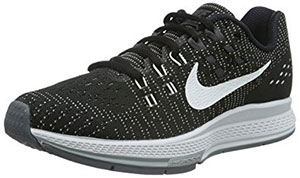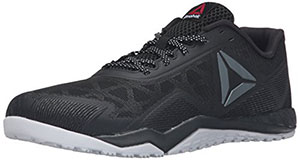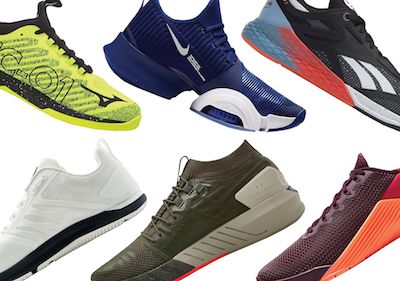Cross Training Shoes Vs Running Shoes
One of the main questions many people have when they are considering buying new shoes for training is concerned about whether they should go for cross-training shoes or fro running shoes.

While they may seem very similar, the truth is that there are a lot of differences between them.
So, training shoes vs running shoes – what’s the difference?
#1: Running Shoes:
While you can wear running shoes for other types of exercises or even as a part of a casual outfit, they are mainly meant for running.
The reality is that running is a high impact activity so, you want to make sure that your running shoes are very shock absorbent. Without it, you may get yourself an injury. This is why you probably already noticed that a running shoe includes a built-up heel.
Running shoes also tend to be lightweight to ensure that you can move easily and you don’t need to carry any extra weight.
A major difference among running shoes is concerned with your own preferences. If you like to run outdoors, for example, you need to ensure that the ones you choose are meant for it.
Here’s a good example of a running shoe: NIKE Womens Air Zoom Structure 19 Running Shoes
Click to Check Price on Amazon
Since a running shoe is cushioned, supportive, comfortable, and lightweight, you may think that it is perfectly appropriate to wear for cross training as well. However, you should seriously reconsider.
The truth is that cross training is a mix of many different activities that include circuit training, riding a bike, lifting weights, jumping, among many others.
One of the things that your feet will miss if you wear running shoes in your cross training sessions is the less cushioning. Just think about when you are lifting weights. With so much cushioning, this kind of shoe can be unstable. Besides, while running shoes are designed for forwarding movement, cross trainers need to include a side to side movement. So, once again, not the most appropriate ones.
#2: Cross Training Shoes
As we already mentioned, a cross-training shoe is designed to suit with a wide range of different activities. While they share the same characteristics with running shoes, the truth is that cross trainers offer even more.
Discover the 12 best CrossFit shoes for men.
One of the things that you will notice in a cross training shoe is the fact that they are a lot more rugged. In addition, they don’t feature a high shock absorption. And one of the most important features that all cross training shoes need to include is a good lateral support. After all, you will need it when you want to make the side to side movements to ensure that your feet are secure.
Here’s an example of a good cross training shoe: Reebok Men’s ROS Workout TR 2.0 Cross-Trainer Shoe
Click to Check Price on Amazon
When you are thinking about training shoes vs running shoes, another major difference is that cross training shoes are more cushioned in the forefoot while running shoes include it on the heels. This ensures that your toes will be protected when you are sprinting or jumping rope, for example.
Discover the 12 best CrossFit shoes for women.
Another important aspect that you will definitely notice is that cross trainers and running shoes are made of different materials. The truth is that cross trainers need to use a stronger material.
#3: Training Shoes Vs Running Shoes – What’s The Difference?
As you can see, there are a lot of differences between the two types of shoes. While you can use your running shoes from cross training, this shouldn’t even be a choice since your feet won’t be as protected or supported as they should. In addition, they just won’t last.





